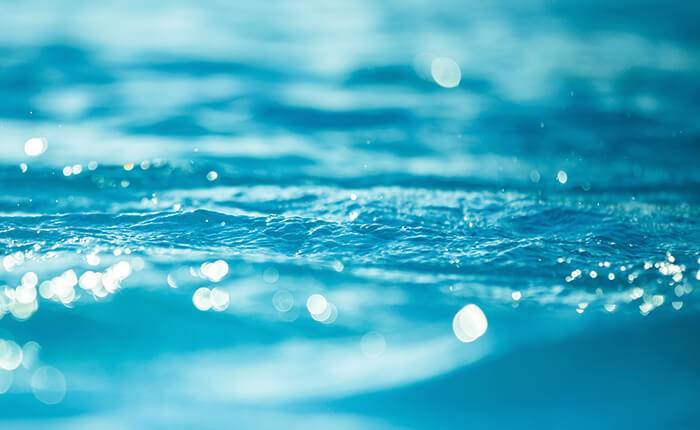නොවැ. . 19, 2024 17:37 Back to list
plumbing pipes and fittings
Understanding Plumbing Pipes and Fittings An Essential Guide
Plumbing is a crucial aspect of any building’s infrastructure, providing the essential services we often take for granted, such as clean water supply and waste removal. At the heart of this complex system are the pipes and fittings that not only ensure the efficient flow of water but also maintain the health and safety of our environment. This article delves into the different types of plumbing pipes and fittings, their materials, uses, and considerations for installation and maintenance.
Types of Plumbing Pipes
Plumbing pipes come in various materials, each suited to specific applications
1. PVC (Polyvinyl Chloride) Pipes Widely used for drainage, waste, and vent systems, PVC pipes are lightweight, durable, and resistant to corrosion. They are also easy to install and cost-effective, making them a popular choice for both residential and commercial plumbing projects. However, PVC is not suitable for hot water applications as it can warp under high temperatures.
2. CPVC (Chlorinated Polyvinyl Chloride) Pipes Similar to PVC, CPVC pipes can handle higher temperatures and pressures, making them ideal for hot and cold water distribution. They are also resistant to corrosion and chemical reactions, enhancing their longevity. CPVC pipes are a great option for residential plumbing systems.
3. Copper Pipes Known for their durability and reliability, copper pipes are commonly used for water supply lines. They can handle high temperatures and pressures, making them suitable for both hot and cold water. Copper is also resistant to corrosion and has natural antimicrobial properties, promoting cleaner water. However, they can be more expensive and require soldering for connections.
4. PEX (Cross-Linked Polyethylene) Pipes Increasingly popular in modern plumbing, PEX pipes are flexible, making them easy to install in tight spaces. They are resistant to scale and chlorine, and they do not corrode like metal pipes. PEX is also capable of withstanding freezing temperatures without cracking, which is a significant advantage in colder climates.
5. Galvanized Steel Pipes Once a common choice for water supply, galvanized steel pipes have largely been phased out in favor of more modern materials due to their susceptibility to rust and corrosion. They are still found in older homes and buildings but may require replacement.
Plumbing Fittings The Connective Elements
While pipes transport water, fittings are the components that connect them and enable changes in direction, size, and flow. Common types of plumbing fittings include
- Elbows Used to change the direction of flow, typically at 90 or 45 degrees.
plumbing pipes and fittings

- Tees Allow for branches to be connected to the main line at a right angle, facilitating multi-directional flow
.- Couplings Connect two pipes of the same diameter, useful for extending runs or repairing sections.
- Adapters Allow pipes of different materials or sizes to connect with one another, proving essential in versatile plumbing systems.
- Valves Control the flow and pressure within a system, either allowing or stopping the flow of water as needed.
Considerations for Installation and Maintenance
When installing plumbing pipes and fittings, several factors must be considered
1. Local Codes and Regulations Always check local plumbing codes to ensure compliance with safety standards and material specifications.
2. Temperature and Pressure Ratings Select materials that can withstand the expected temperature and pressure in your plumbing system.
3. Proper Installation Ensure that pipes are installed correctly to avoid leaks and ensure longevity. This may require professional assistance, particularly with connections involving soldering or threading.
4. Regular Maintenance Regularly check for signs of wear and tear, corrosion, or leaks. Maintaining your plumbing system prolongs its lifespan and prevents costly repairs.
In summary, understanding plumbing pipes and fittings is essential for anyone considering renovations or improvements to their plumbing system. By selecting the right materials and components, homeowners can ensure a safe, functional, and efficient water supply and waste removal system for years to come.
-
Durable PP Rigid Sheet: Lightweight, Chemical Resistant Solutions
NewsAug.21,2025
-
PVC Grey Sheet for Extraction: Chemical Resistant & Durable
NewsAug.19,2025
-
Durable PVC Pipe Fittings for Plumbing & Irrigation Needs
NewsAug.18,2025
-
HDPE Steel Belt Reinforced Spiral Corrugated Pipe | High Strength
NewsAug.17,2025
-
HDPE Pipe Fittings: Durable, Leak-Proof Solutions
NewsAug.16,2025
-
Premium CPVC Sheet: High-Temp & Chemical Resistant Solutions
NewsAug.15,2025

